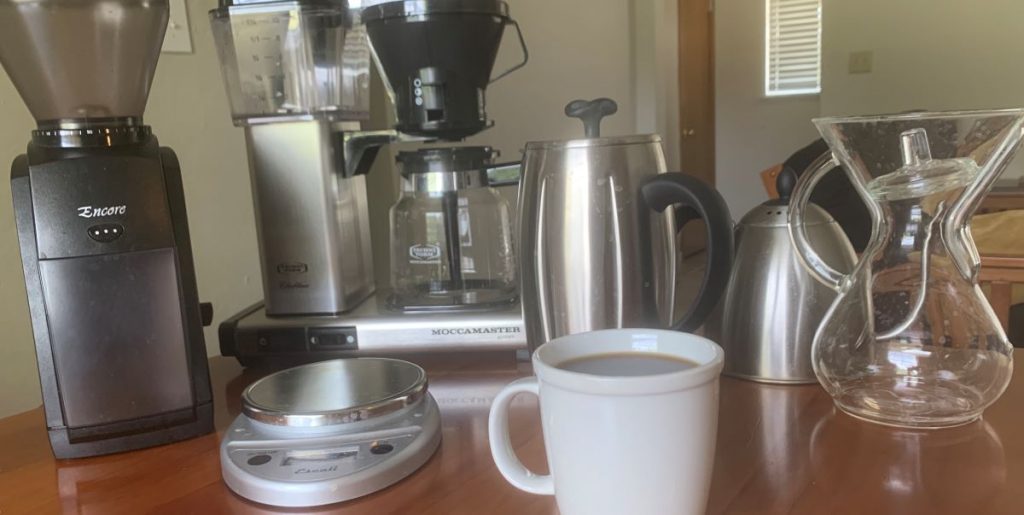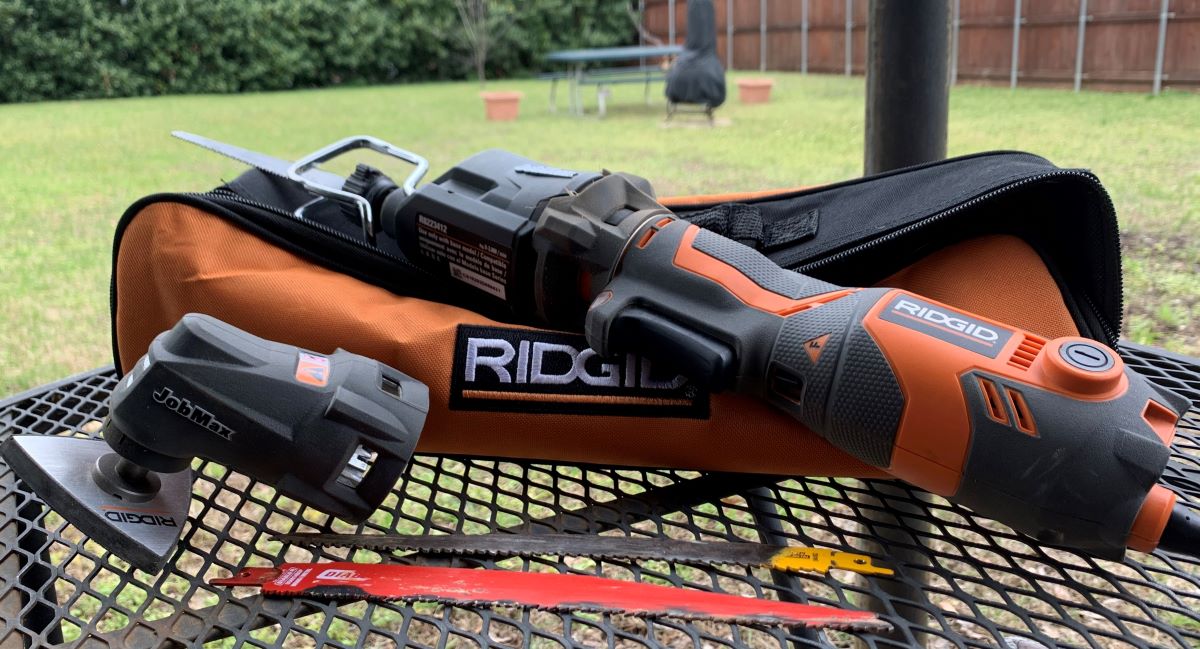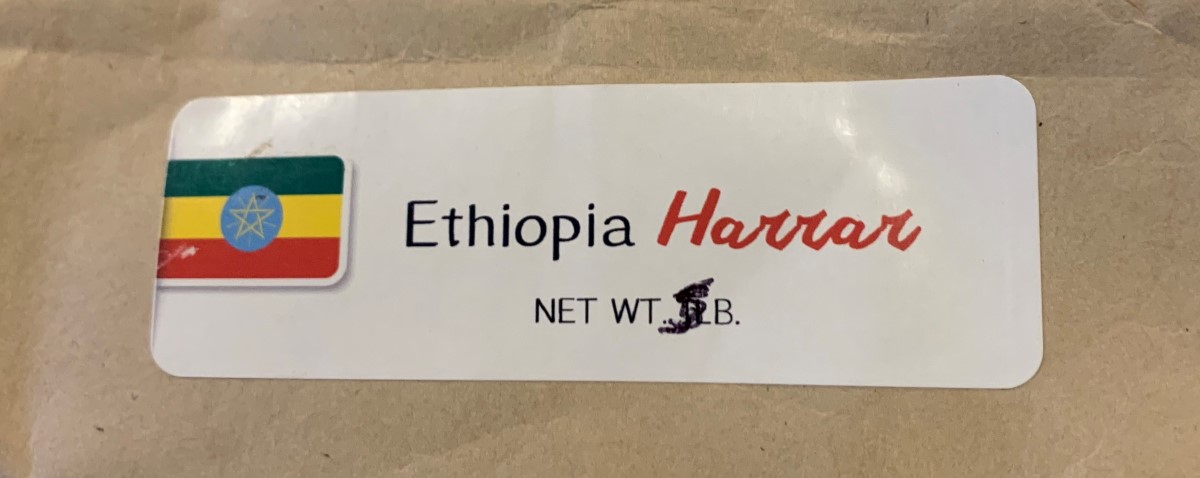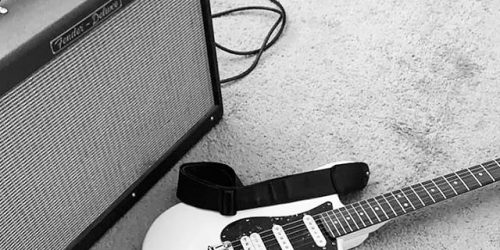Cowboys brew it over a campfire

We may earn commissions from the companies mentioned in this post. View our FTC disclosure for more information.
Are you talking about coffee?
The origin of coffee is not exactly documented, but cowboys don’t care. They just light the campfire, toss their ground beans in a pot of water, and get it boiling. Sounds MANly. Must be good.
The legend of coffee is that a goat herder named Kaldi noticed his goats were energetic after consuming the cherries off of a nearby tree. He tried the cherries for himself and got a caffeine buzz. I’m paraphrasing, of course. This post isn’t about cowboy coffee, the history of coffee, or the legend. It’s about brewing coffee, but more specifically, brewing coffee in a Technivorm Moccamaster.
The machine

Technivorm coffee makers are the best drip coffee brewers in the world, in my opinion. They’re handmade in The Netherlands, adhere to the guidelines of the European Coffee Brewing Center (ECBC), and are certified by the Specialty Coffee Association (SCA). Besides being officially very fancy, they simply brew amazing coffee. They are easy to operate and easy to clean. Nobody likes a funky cup of coffee.
Ignore the fact that I took a picture of my personal coffee maker without cleaning it first 🙂
The method
Here’s where things get fun. Brewing coffee is pretty much a science. When you’re talking about brewing coffee, you’re really talking about extracting soluble solids from ground coffee seeds using hot water. Yes, I said seeds. Coffee beans are actually the seeds from a cherry that grows on a tree. There are usually two seeds per cherry, but sometimes there’s just one. That gets marketed as peaberry coffee. There are many methods of brewing, but in all cases, the most important variables are grind size, water temperature, coffee to water ratio, and time.
-
Grind size
When brewing using a drip coffee maker, you want a medium grind. I use a Baratza Encore conical burr grinder. It yields consistent results in the medium grind range. What you’re looking for is something between sea salt and table salt. On the Baratza, that’s setting 19-21.
-
Water temperature
We’re looking for something in the range of 195 °F to 205 °F for good extraction. The Technivorm measures 197° – 204° at the end of the brewing arm, so it’s right in the neighborhood.
-
Coffee to water ratio
This is a bit of a personal matter, but as a general rule, I go for a 1:14 coffee to water ratio. Some like it a little weaker, some like it stronger. 1:14 is my favorite. For example, if I’m brewing a 12oz cup (approx. 340g), I’ll use 24 grams of ground coffee. Of course, volume and weight aren’t a 1:1 relationship, so you’ll need to use your Google Fu, brains, and calculators to get your own brew ratios figured out.
-
Extraction time
The amount of time that the coffee is in contact with the water plays a role in the final cup. Too much time, and you’ll get bitterness in the cup. Too little time and the coffee will be pale and weak, like the guy your girlfriend used to date before she met you.
The Technivorm will take two of those variables out of the equation for you, leaving grind size and coffee water ratio. Isn’t that nice of it?
Okay, I’m sold. Where do I get one?
First, you’re gonna need to confirm it’s in the budget. These things aren’t cheap. If you have some expendable cash, I say go for it. Your morning, mid-morning, afternoon, and mid-afternoon cup(s) of coffee will never be the same. From what I can gather, most specialty coffee places carry Technivorm. William’s Sonoma usually has a nice selection too.
If you’ve been looking for a special, shiny, new piece of kitchen equipment to satisfy your urge to be a model U.S. consumer, consider yourself lucky. The Technivorm may have just found you.





